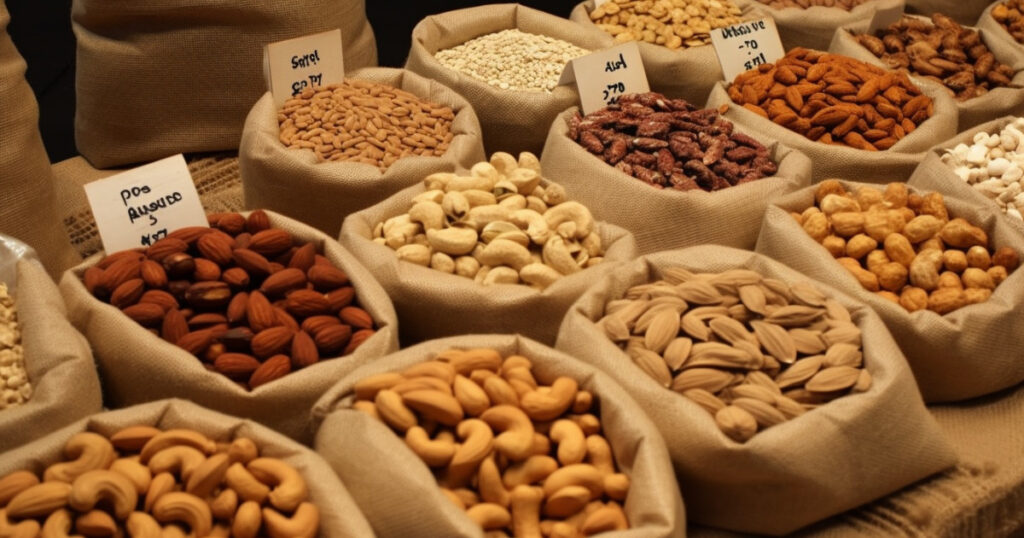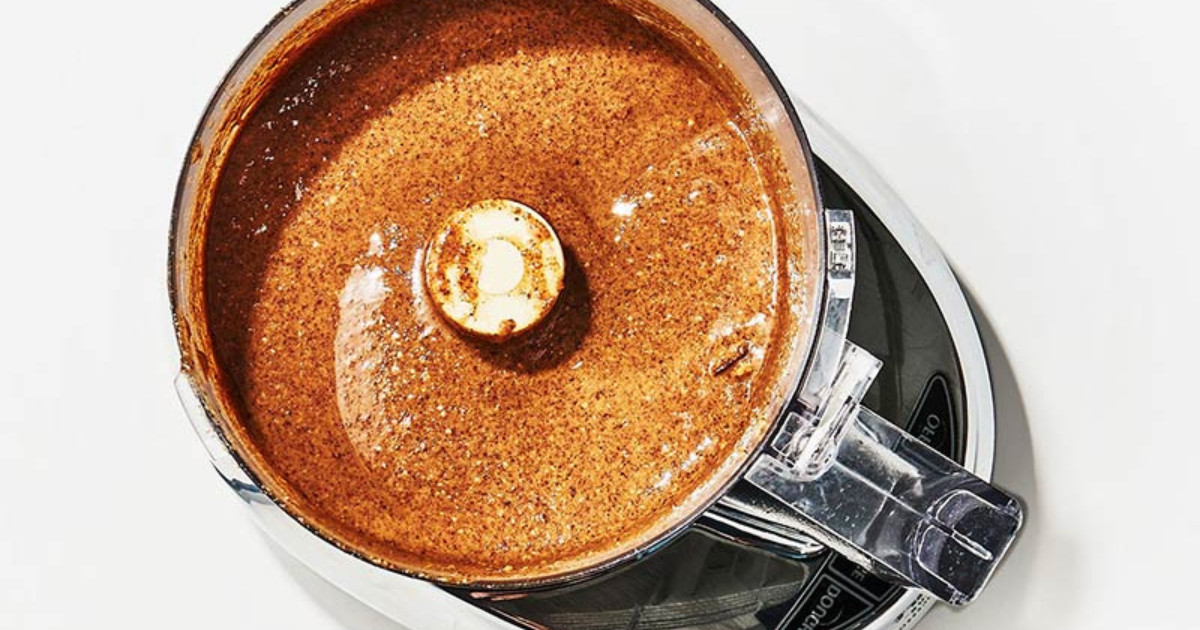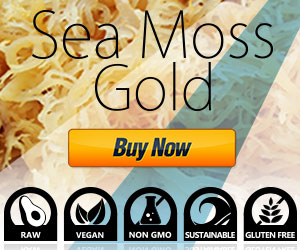What is nut butter? And why would you want to consume it? It turns out that aside from being very good for intermittent fasting. Did you know that nut butter is a fantastic way to get healthy fats straight into your diet?
Nut butter is a Vegan-friendly alternative to traditional butter, which is usually made from animal milk. Nut butter is made from nuts (funnily enough) by blending them down into a paste.
There is a wide variety of nuts that can be made into butter, which we will discuss later.
These types of butter are nothing new. The most common, well-known, and widely available nut butter is peanut butter.
Personally, I can remember enjoying peanut butter sandwiches through school as a kid, and teenager. Not only were they delicious, but it seems they were also a fantastic source of healthy fats.
Guess what else? Nut butter is perfect for is the ketogenic diet! It’s high in fats, low on carbohydrates, and contains heaps of essential minerals and nutrients. Being Vegan, it’s also perfect for someone engaging in a Vegan and ketogenic diet. Yes, that’s a real thing!
Can you Make your own Nut Butter?
Yes! Making your own nut butter isn’t a hard process at all. You simply need to make a few choices before starting:
- What is the nut butter going to be consumed with?
- What type of nut or nuts will you use?
- Will you use raw nuts or roast them?
- Will you add anything in with the butter?
The type of nut will normally come down to what you want to consume it with, as they will have different flavours and textures once blended.
Raw nuts are a healthier alternative to roasted nuts, however, by roasting them you can unlock a lot of flavors.
Another thing to consider is if you will include anything additional in the mix? Items such as sea salt or seeds can be added partway through blending for even more flavor.
Despite any of the above, you will require a food processor or blender to create your nut butter.
The process is as easy as just placing your nuts in the processor or blender and hitting start. The nuts will look dry at first, but eventually, they will release oils which will create a smooth texture (how smooth depends on the nut and blend time).
It’s at this point you can add your additional extras and blend them through.
What types of nuts should I use?
There is a wide range of nuts that can be used to make butter. You could use:
Almonds
Almonds are a great source of fats, fiber, and protein. They are also packed with essential minerals such as magnesium, vitamin E, and zinc.
Almond butter is probably the most common nut butter outside of peanut butter, and for good reason. It has a similar texture to peanut butter but contains many more minerals.
Almond butter takes on a smooth and creamy texture. You can blend for an average of 9 minutes if you want some crunch left, or 11 minutes if you want a runny texture.
As with all of the nuts below, keep in mind that this will depend on the power and speed of your blender, the blade configuration, and the surface area of the blender. A wider surface area and broader blade spacing tends to mean that a longer time is needed to get a more liquid finish.
Brazil Nuts
Brazil nuts are filled with healthy fats. They are also a fantastic source of calcium, magnesium, and some B vitamins. They are also the richest known source of selenium on the planet! Selenium is a mineral our body requires to function, more specifically it is vital for metabolism and thyroid function. 1
It is best to blend Brazil nuts in batches to not overload your food processor or blender. You should only need about 5 minutes to blend into a smooth texture. Keep in mind what was said about your blender per the above. Also, Brazil nuts hold a lot of oil.
Cashew nuts
Cashew nuts do have less fiber than most other nuts, but they are rich in minerals. They contain copper, manganese, phosphorus, iron, and are packed with antioxidants.
When it comes to making nut butter, cashews are one of the best nuts to work with as they are naturally rich and become very creamy once blended.
Cashew butter will become almost like frosting in terms of texture. It has a low-nut flavor making it perfect for combining with other ingredients.
A food processor is required for cashew butter. This is because cashew nuts don’t contain high enough levels of oil to be used in a blender. They will clump heavily around the blades and can be a challenge to work with.
Blend them in your food processor until smooth, roughly 15 minutes in total, checking every 2-3 minutes and scraping the walls of your container.
Don’t forget to scrape the sides of your food processor or blender back towards the blades every time you stop blending. Also look for areas where nut solids are forming into clumps.

Coconuts
Coconut oil has been made popular of late, but it is different from coconut butter. Coconut butter is made of puréed, raw coconut meat, whereas coconut oil is the extract.
The oil is made of monounsaturated and polyunsaturated fats, which are both very healthy for your body. Coconut butter also contains these fats and it also has additional fiber.
Coconut butter tends to come out with a slightly grainy finish due to the leftover fibre. The easiest way to get coconut meat is to use shredded coconut (not desiccated) store-bought is ok if it is all you can get. Blend for around 5 minutes and scrape down the sides of your container once or twice during the blend.
Macadamia Nuts
Macadamia butter is one of the best-tasting nut butter’s out there in my opinion. It is creamy and rich, and the taste is so good that its health benefits are just a bonus.
Macadamia nuts are high in monounsaturated fats and low in Omega-6 content, meaning they are some of the best quality nuts available.
Macadamia nut butter is smooth enough that you can drink the butter when mixed with other flavours. Don’t believe me?
Check these out! It can be quite addictive, so make sure you’re pacing yourself. I went through a case much quicker than I really should have.
Macadamia nut butter can be crunchy or smooth depending on how long you blend it for. Blend for approximately 3 minutes for a crunchy texture or up to 6 minutes for a smoother finish.
Peanuts
And finally, we get to the most well-known nut butter. Peanut butter is last on our list, as it is still a nut butter but one of the less healthy options available.
It is still high in fats, low in carbohydrates, and contains protein as all other nut butters are. Peanut butter also contains essential minerals such as copper, folate, and iron.
Peanut butter can be crunchy or smooth, again all dependent on how long you blend it for. 3 minutes will give you a crunchy texture and an additional 2-3 minutes will create a smoother texture.
What is nut butter served best with?
Nut butters can be served with a wide variety of different foods. They are quite versatile in what they can be combined with. Some butters are paired better with certain foods, or better to use in recipes based on their texture and taste. You can combine them with foods such as:
- Crackers or biscuits
- Cut fruit or vegetables
- Bread or wraps
- Stir fry or satay
- Dressings and sauces
You can also swap out the butter in recipes for nut butter. There are heaps of great recipes out there that use nut butter, for both meals and desserts. Example of a meal here and a dessert here!
Alternatively, you can just eat your nut butter straight out of the jar. It’s full of healthy fats and essential nutrients, and depending on the type of nut butter can be quite tasty on its own.
Last, but not least
If you’re looking for a convenient, healthy, fat-filled snack then I highly recommend Perfect Keto‘s range of products. They have the drinkable macadamia nut butter I mentioned before.
Their products are all very high quality, made with quality ingredients only, and align with our message on a healthier life.
You can check our their Nut Butter here and their wider range of products here.
They have also been kind enough to look after our Detox and Cure family and provide us with a one-time discount code. Simply put D&C15 as your coupon code when you check out your purchases to receive a 15% discount!
Reference
Last Updated on 1 month by D&C Editorial Team




